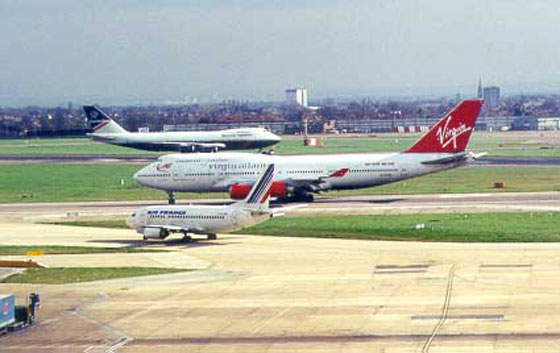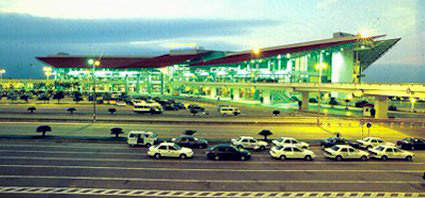The BAA is responsible for the UK’s main airports including Heathrow, Gatwick, Stansted, Southampton, Glasgow, Edinburgh and Aberdeen. Heathrow is the world’s busiest airport and holds this position through its dominance of the transatlantic trade as well as its position within the European region. In total, the BAA airports deal with about 105 million passengers, and have around 2,700 take offs and landings each day.
A new information system from IBM will have to cope with all of this information and must also integrate with the other systems at the BAA airports. The information management systems will be introduced in two phases.
PHASE 1
The first phase includes new gate allocation, staff information and baggage information systems at the Heathrow terminals. Simultaneously, a new information system is being introduced across a number of other BAA airports.
London Stansted, Glasgow, Edinburgh, Aberdeen and Southampton will be the beneficiaries of a new integrated information system in the first phase, installed by IBM. The system will be linked to flight information display systems and systems to allocate gates and check-in desks. It includes IBM’s airport operations and management information system (AOMIS) as a central database. AOMIS was developed specifically for airports and was first installed in Abu Dhabi. It runs on an IBM RS/6000 server.
The flight information display systems are also supplied by IBM and are therefore relatively easy to integrate with the wider information systems. These systems not only supply flight information to the passengers, but also advertisements, security information and multimedia capabilities. BAA is installing several thousand such monitors to provide data for staff and public displays in the arrivals, departures, check-in, gate and baggage claim areas.
PHASE 2
The second phase provides the option of extending the new information system to Heathrow and Gatwick Airports. This would create a seamless system for all the BAA airports invloved. The system also involves a resource allocation system developed by IBM’s business partner Ascent Technology Inc. This allocates aircraft stands, departure gates, check-in desks and baggage belts. The resource allocation system is also integrated with IBM’s AOMIS central database.
The new system is another stage in IBM’s close relationship with BAA, which has also seen the system supplier set up the BAA website. This site is being targeted towards increasing BAA’s involvement in e-commerce for both flights and ancillary activities such as duty-free sales.








